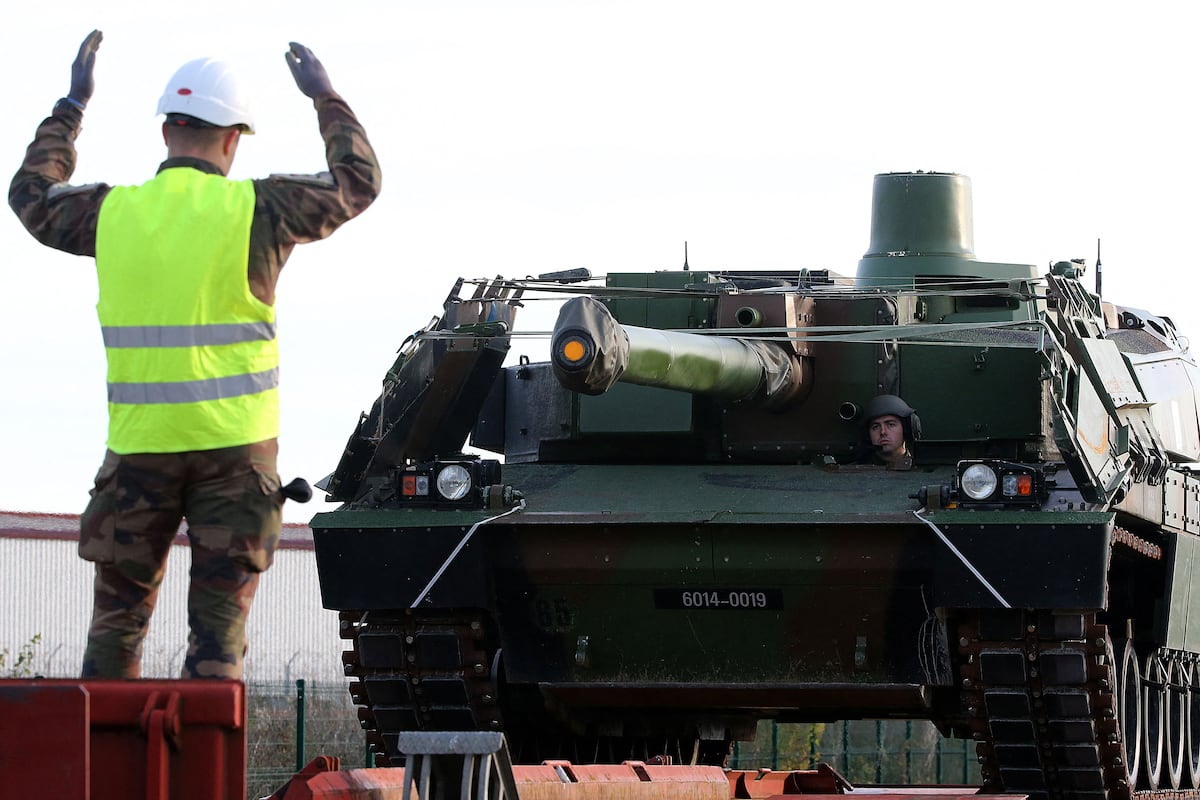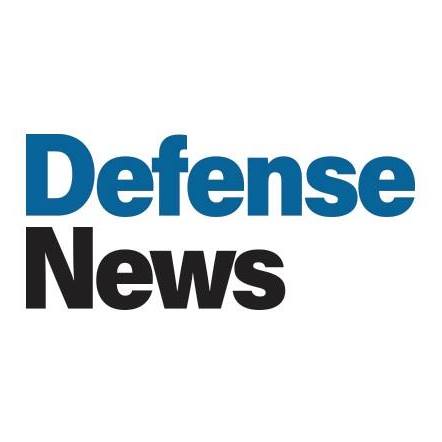


PARIS — As Russia’s war in Ukraine raises the possibility of a major deployment on NATO’s eastern flank, France continues to face bureaucratic hurdles that could slow down the rush of troops and tanks to the region, according to the French general in charge of coordinating military transport.
Obtaining approval to cross neighboring countries by military convoy today takes much longer than a European Union target of five days – “more like tens of days,” said Brig. Gen. Fabrice Feola, who commands France’s Centre for Operations and Transport Support, in a briefing here on Thursday.
The EU has vowed to address the bloc’s remaining barriers to military mobility in a regulatory proposal this year. The objective for military border-crossing procedures to take no more than five working days by the end of 2023 had “progress issues,” the European Court of Auditors wrote in a February report, with not all member countries meeting the target, and progress variable.
A conflict on NATO’s eastern front could “mobilize resources on a scale not seen in years,” Feola said. “Efforts have to be optimized to ensure continuity in projection, should we face a major engagement in the east, and in reception, particularly in our role as a host nation for allies on the Atlantic coast.”
Europe’s overground transportation network needs to mapped out better “on order to return to what we had during the Cold War,” with no doubts or ambiguity about the capability of roads and railways to handle large flows, according to the general.
A major mobilization would create competition on the ground transport network, including from the United States, “who in the event of NATO plans being activated, would land on a massive scale on the Atlantic coast and would need to cross our country to reach positions further east,” Feola said.
“This notion of competition inevitably leads us to coordinate at the international level in order to make the best possible use of the resources,” he added.
The amount of military equipment freighted across Europe jumped after Russia invaded Ukraine in 2022, with NATO countries moving troops east, stepping up exercises and sending billions of euros worth of military equipment to Ukraine. That has put new emphasis on rail as the most cost-effective and speedy means of land transport to move kit such as tanks and ammunition over long distances.
France organized around 150 international military trains in 2024, according to Feola, compared with fewer than five such trains a year before Russia invaded Ukraine. The rail transports support a French battalion deployed in Romania, and include trains heading to Poland with equipment for Ukraine at an “extremely regular interval.”
The lessons learned from France’s deployment to Romania have been “extremely valuable” for the Center for Operations and Transport Support, with force projection “on a scale rarely achieved in recent years,” Feola said.
France is one of the few European countries to own a fleet of military rail wagons, together with Germany and the Netherlands.
“Railways are an absolutely essential mode of transport, especially in a context where our center of gravity for operations has shifted from Africa to Europe, and particularly Eastern Europe,” Feola said.
One issue taking a lot of time today is checking route feasibility, for example whether a tunnel can accommodate a train carrying military equipment, Feola said. For a new set of EU military mobility rules to be unveiled this year, France is pushing to identify corridors capable of handling military vehicles and convoys, with sufficiently large and sturdy tunnels, bridges and roads.
“The solution, and this is what we are currently working on, is to set up these corridors, these train paths, to avoid excessive processing times,” Feola said.
Germany, the Netherlands and Poland signed a declaration of intent in 2024 to set up just such a corridor, with plans to tackle infrastructure choke points such as low bridges and reduce bureaucracy for cross-border transport of ammunition and other dangerous goods.
The EU is looking at simplifying procedures across the bloc, Feola said.
“Speeding up the time it takes to obtain authorization to cross territories, digitizing a number of customs documents, all of these are achievable, within reach, and the current situation further highlights the importance and necessity of resolving them in the short term,” Feola said.
While France has permanent border-crossing agreements with other European countries for a certain number of standard military convoys, those come with constraints such as the number of vehicles and whether there are weapons on board.
French logistics officials are also calling for a coordinating authority for military mobility governance in Europe that can “ensure that everything fits together from one country to another, from one corridor to another, and that there is no discontinuity between corridors and routes,” Feola said.
Rudy Ruitenberg is a Europe correspondent for Defense News. He started his career at Bloomberg News and has experience reporting on technology, commodity markets and politics.

